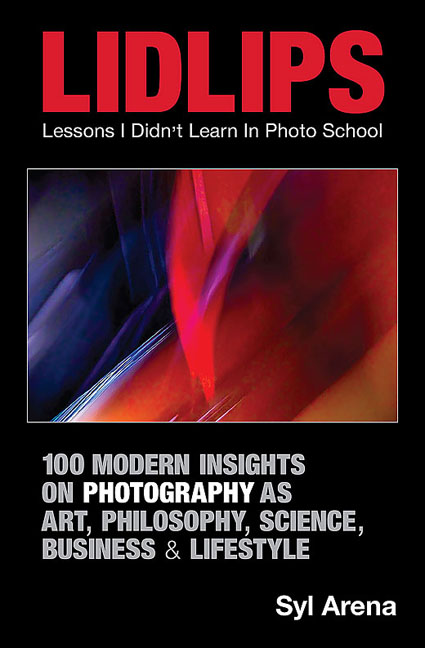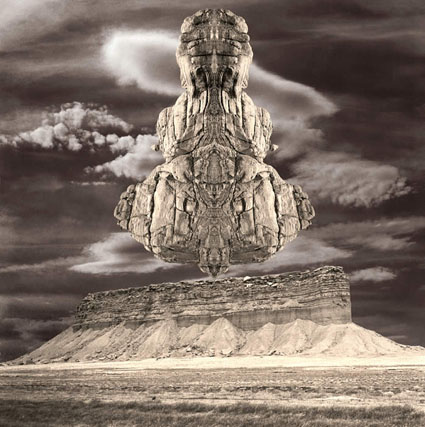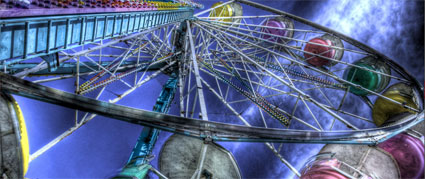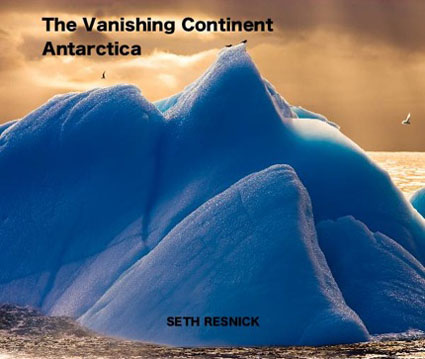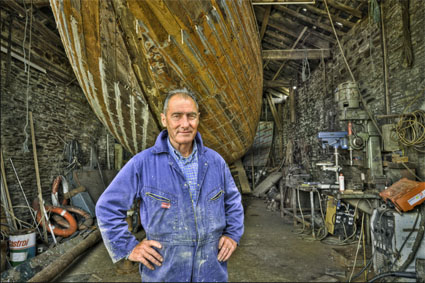Ken Carl – Finalist for Two National Contests

Alumni Ken Carl recently placed as a finalist in PDN’s World in Focus Contest and is in the running for Bella Pictures‘ Photographer of the Year award. A long time alumn of mine who has since turned pro. Ken had this to say …
JP,
You are a keystone in my success and vision. True words, not just kind.
It has been a very powerful year beginning with a “nextstep return” the Hilo, our Next Step Exhibit in July and closing with this PDN selection. I feel strongly that my professional career is at a point of major change. There are challenges and dangers. I need to keep focused on personal projects, specifically the Olson House, so my creativity does not stagnate. There are so many images not yet seen. In my professional career has found unexpected success in the arena of photography of weddings, I am again in the running for Photographer of the Year for Bella Pictures. Calumet Photographic has invited me to do a presentation of my wedding photography in March.
Thanks again JP, looking forward to seeing you again soon.
Ken
Find out more about Ken Carl here.



